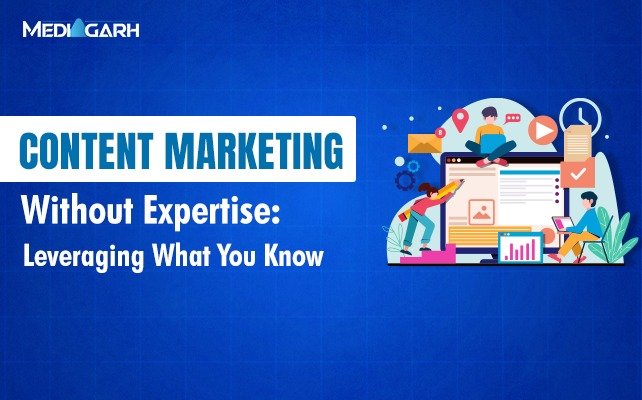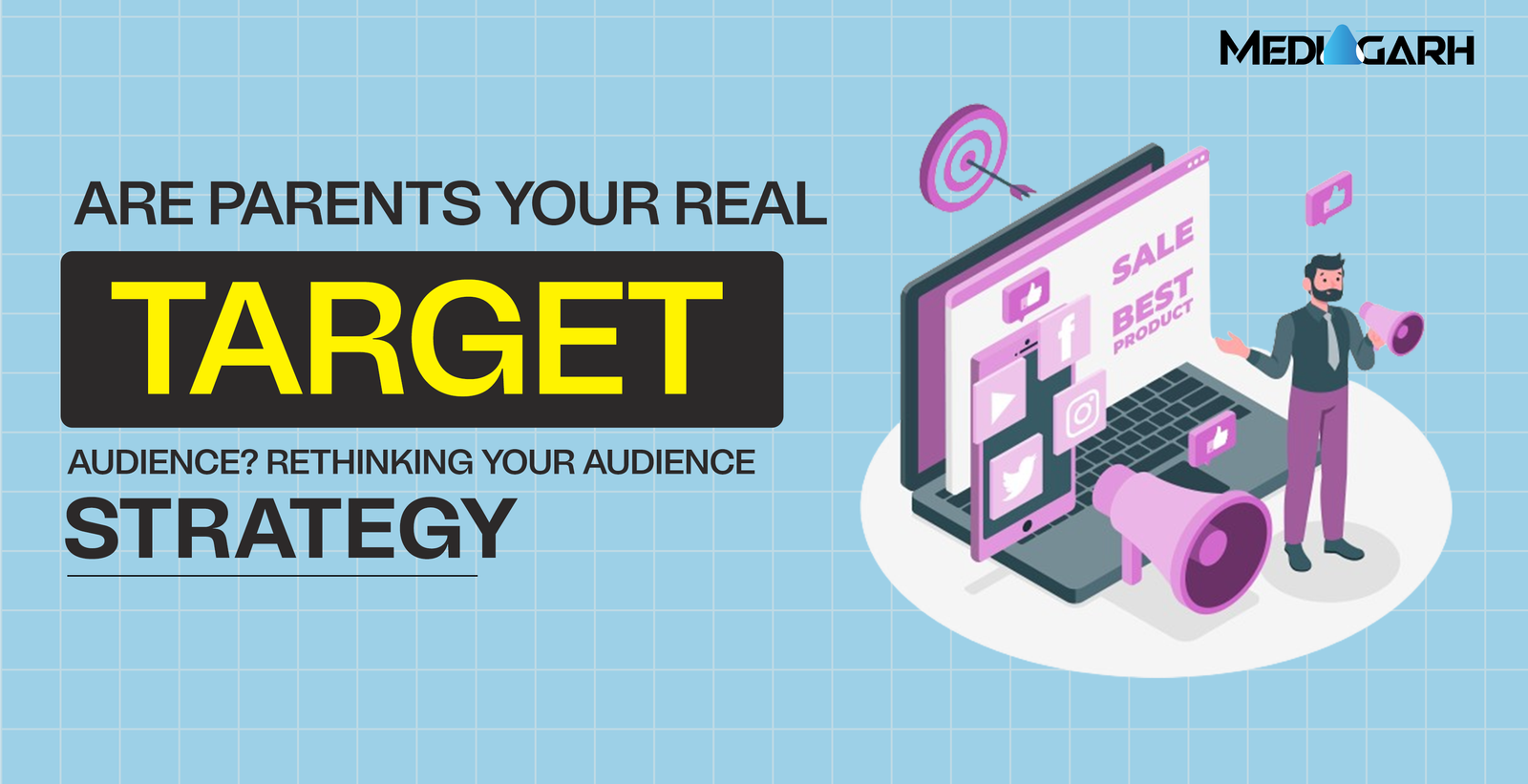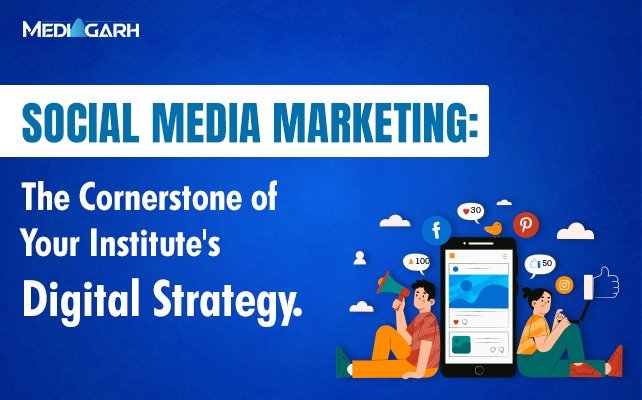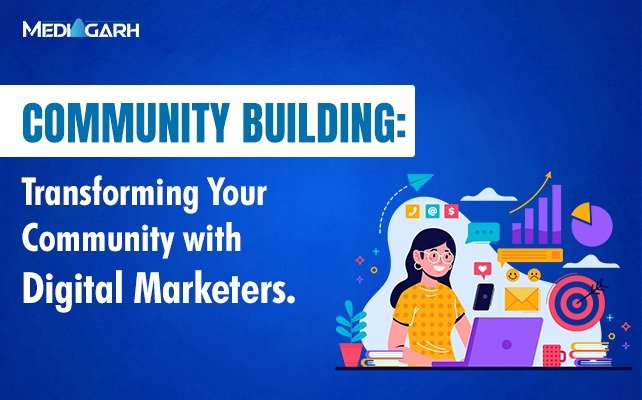Introduction
Do you know that 40% of the audience you’re contacting with your ads are irrelevant people? Yes, that means you don’t help yourselves by reaching out to them, as they are not there to purchase your courses or take admissions in the first place. Now you might wonder: how do you fix it? The answer to that is defining your target audience. Defining your target audience guarantees your digital efforts are channeled for the right people, which helps you in your “admissions” number. This blog by Mediagarh, the best marketing agency for colleges, will discuss how to set a target audience, how you might define your target audience, and how it will help you.
Cruciality of Defining Your Target Audience
Tailored Messaging
Defining your target audience lets you talk to your audience directly. Consider aligning with this scenario: You have been assigned to explain force and energy to your two friends, A and B. You know that A loves playing cricket, and B loves working out in the gym. Generally speaking, you will give an example of a ball hitting the bat to explain the concept to A. Meanwhile, to B, you might explain how the principle is enacted when lifting weights. This is what defining your target audience is all about. It lets you tailor your messaging to people with niche qualities. This accrues two benefits. First, the targeted person feels more connected. And second, you are more likely to convert the lead.
Efficient Use of Resources
Digital marketing requires you to hire and put some resources to work. These resources cost time and money. You can’t just exploit them. When your target audience is undefined, your employed resources—which are (but are not limited to) time, budget, and content—work on broader desired results that may overuse them and rid them of their potential. A set target audience allows the resources to be utilized at their total potential and use what they can. You can put them on an exact path that they need to follow.
Setting Up the Audience
Let’s now discuss how to define your target audience. Here are the most critical points you need to consider to find your sweet target audience.
- Conduct Audience Research: The first step is to understand the audience in general. Start slowly by asking people at large if they would be interested in your courses. If they would be, why is that? All in all, start surveying and gathering data. Analyze the data and make conclusions based on that. Find out your target’s motivations and pain points and know them through and through.
- Create Audience Persona: Here is the most crucial piece of advice: market to one specific person; in the pursuit of reaching everyone, you reach no one. This does not mean we recommend targeting only one person; the goal of digital marketing is to get a larger audience. We suggest that you need to target only one person’s persona. Develop detailed personas for your audience segments, including their demographics, goals, pain points, and preferred communication channels. Now, target these particular personas; ironically, you’ll reach a much larger relevant audience.
- Use Analytics Tools: Tools like Google Analytics, Facebook Insights, and CRM data offer invaluable insights that include the likes of your target audience. Such tools provide detailed insights into who is visiting your site, engaging with your content, and inquiring about your courses, which can be phenomenal if you look at it from a deeper perspective. This will also help you conclude whether you’re reaching an irrelevant audience.
Resultant of Defining Target Audience
Improved Content Creation
The content creation process improves phenomenally when an audience is strictly defined. The content creators now know who they have to make content for. Extrapolating our example of explaining your friends with specific niches, we see that they know their friends deeply now so that they can give specific examples to help their friends understand better. This means the content will be catered to the audience you need and want to reach.
Optimized Ad Campaigns
A significant detail that you fill in while running digital campaigns is the audience you want to reach/target. This is also a feature (and a benefit at large) of digital marketing. Platforms like Google Ads and Meta Ads allow much audience targeting flexibility. You can go very deep while targeting people through such platforms. If you have laid out your target audience very intricately, you can get far better results than any other campaign.
Enhanced Engagement
Let’s understand this argument with an analogy. Dale Carnegie says, “A person’s name is to him or her the sweetest and most important sound in any language.” This means, in the broader sense, that people love engaging with you when you know them deeply and show them that fact. The same goes for your digital efforts. When you know your audience deeply, you can target them more personally, leading to more success for your institution.
Conclusion
The blog comprehensively discusses why founding the core concept of defining a target audience is so important, and later, it also discusses the foundational steps you need to take to do the same. This task can be daunting, especially for an educational institution with much work lined up. In such cases, institutions should consider hiring an education marketing company so that they can take care of this while you contribute to a larger purpose.








